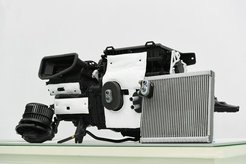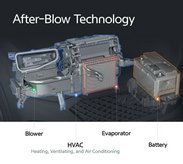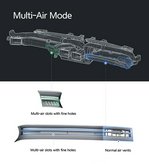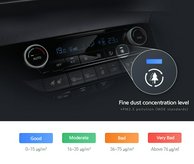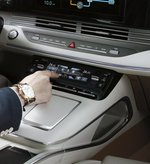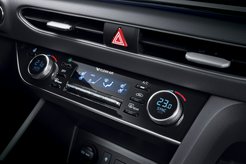Hyundai Introduces Three Air-Conditioning Technologies to Its New Vehicles for Improved Cabin Air Quality
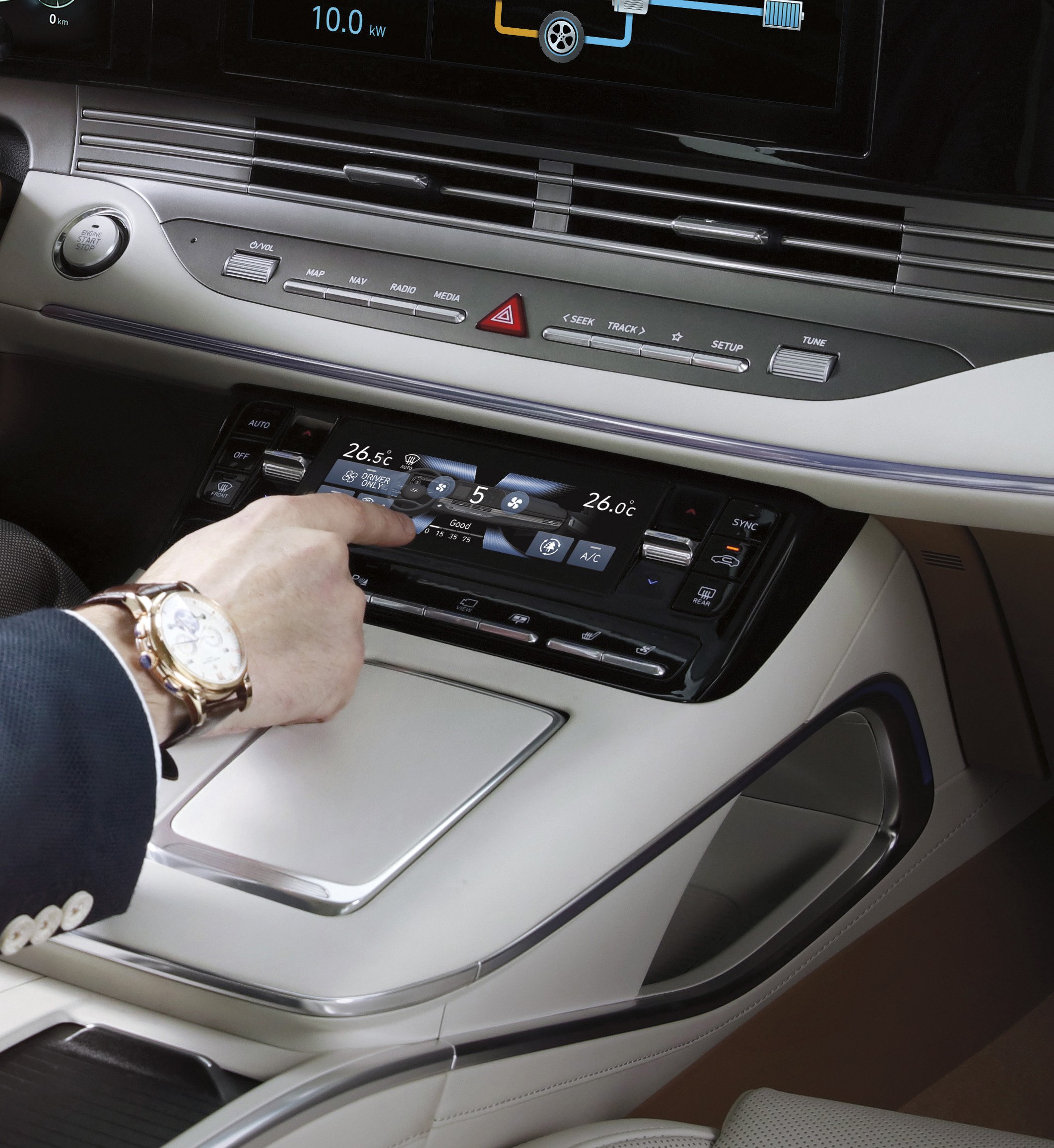
Hyundai Motor Group has introduced three air-conditioning technologies in July 2020: After-Blow, Multi-Air Mode, and Fine Dust Indicator. They will equip upcoming Hyundai, Kia, and Genesis vehicles for improved cabin air quality.
After-Blow
The After-Blow technology keeps the evaporator dry to suppress mold growth. After the engine is turned off, the system lets the condensate on the evaporator to drain naturally for 30 minutes. Then, After-Blow activates for 10 minutes, using the blower to dray the evaporator and any condensate leftover in the air passage. The influx of outside air during this time prevents humidity from building up.

Hyundai's After-Blow technology suppresses mold growth in the A/C system
After-Blow uses an intelligent battery sensor (IBS) to monitor the battery and stops functioning when the battery is low, allaying any concerns about battery over-discharge. It also deactivates when the air conditioning system is not in use for a certain period of time, or when the outside temperature is low.
Multi-Air Mode
The Multi-Air Mode uses numerous fine holes as vents for air conditioning and heating to create a more gentle blow, resulting in a more pleasant riding experience.

The Multi-Air Mode softens A/C airflow
When activated, the overall wind volume remains the same, but the dispersion of wind reduces direct air contact and softens the air.
Fine Dust Indicator
The Fine Dust Indicator measures the air inside the vehicle in real time and delivers digitized information on the concentration and pollution level of ultra-fine particles (PM 2.5) inside the vehicle using numbers and colors for better visibility to the user.

Hyundai's Fine Dust Indicator uses both numbers and colors to warn passengers of cabin air quality
If the level of ultrafine particles exceeds 36 μg /m3 while the function is active, the air-cleaning mode will run to purify the air in the vehicle. The air-cleaning system automatically sets the air volume, switches to air-recirculation mode, and activates the air conditioning system to reduce indoor humidity. If the air does not improve in air-cleaning mode, it can also serve as a reminder to the driver to replace air-conditioner filters or to clean contaminated seats and mats.
The official video below offers an overview of these technologies:

Article Gallery
